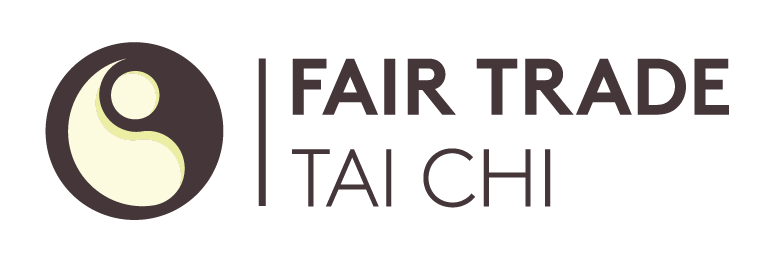First we might want to define 'root'.
'Root' is simply the ability to resist a push. This is most often done in "internal arts" as a 'relaxed' manner and paired with the not losing of one's balance if the other were to quickly withdraw their pushing force. The Tai Chi Classics (TCC) say "Rooted in the feet" to express the idea that the feet are the base, and our ability to produce resistance comes from that friction with the ground.
'Uproot' in Taiji is defined as "alternating pushing and pulling [at 4oz] to sever their root so the other can be thrown out decisively" — TCC. In traditional usage, uproot, is typically used to refer to either:
- The initial withdraw-and-join of off-balancing (Ti of Ti-Fang); or,
- it is used to refer to the entire Ti-Fang process (T'ai Chi, Tuttle, 2004, Cheng/Smith pg 88).
Ti severs the root. Fang sends them out with an accelerating push triggering their knee-jerk reflex causing both their feet to leave the ground.
So, 'root' is to resist, 'uproot' is to sever the root by using a gentle touch so they are overwhelmed by a light push.
In modern parlance 'uprooting' is (incorrectly) used to talk about any throwing out of another.

